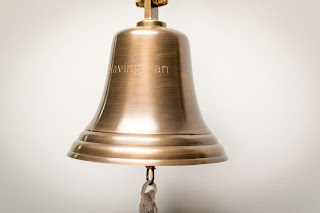How to Introduce the PT-Helper App to a Patient
Published on February 6th, 2018
With patient home exercise compliance at extreme lows, understanding what motivates your patients will help improve their home exercise compliance. Not everyone is the same and getting them engaged requires understanding what motivates them. Decreasing the hurdles that prevent them from doing their home exercises with the PT-Helper mobile app while letting them know that they're being observed may further improve their behavior.
A PT Home Exercise Program for a Hip Injury from the American Academy of Orthopaedic Surgeons
Published on February 13th, 2018
We’ve curated these seven exercises, shared by the American Academy of Orthopaedic Surgeons, into a Home Exercise Program (HEP) using the PT-Helper CONNECT tool and prescribed via the PT-Helper mobile app. A sample HEP program can be evaluated on the PT-Helper mobile app with code 45242F3C.
The Unexpected Ways to Lead a Physical Therapy Patient to Recovery
Published on February 20th, 2018
Creating a fun and supportive environment is one way to motivate your patients to do their home exercises resulting in better outcomes. Establishing a new exercise habit for your patients can lead to consistent behavior.
Subscribe to the PT-Helper Blog here so you don’t miss these helpful compilations and BONUS, you’ll receive Our Secret Guide, unveiling the secrets your patients are keeping from you.













